Lucia di Lammermoor (WA Opera) ★★★1/2
When John Copley’s production of Lucia di Lammermoor is remounted, it often comes with the marketing phrase ‘a piece of Australian operatic history’. The production was created for Joan Sutherland in 1980, giving Australian audiences a second opportunity to see her in the role that caused a sensation when she first performed it at Covent Garden in 1959 (she also sang it during the legendary 1965 Sutherland–Williamson tour).
Sutherland had all the requirements for a Lucia: a dramatic coloratura fach with the acting technique and vocal agility to surmount Lucia’s celebrated mad scene. It is a massive challenge, more so for Sutherland’s successors in Copley’s production, wearing costumes designed for her: big shoes to fill.
Continue reading for only $10 per month. Subscribe and gain full access to Australian Book Review. Already a subscriber? Sign in. If you need assistance, feel free to contact us.


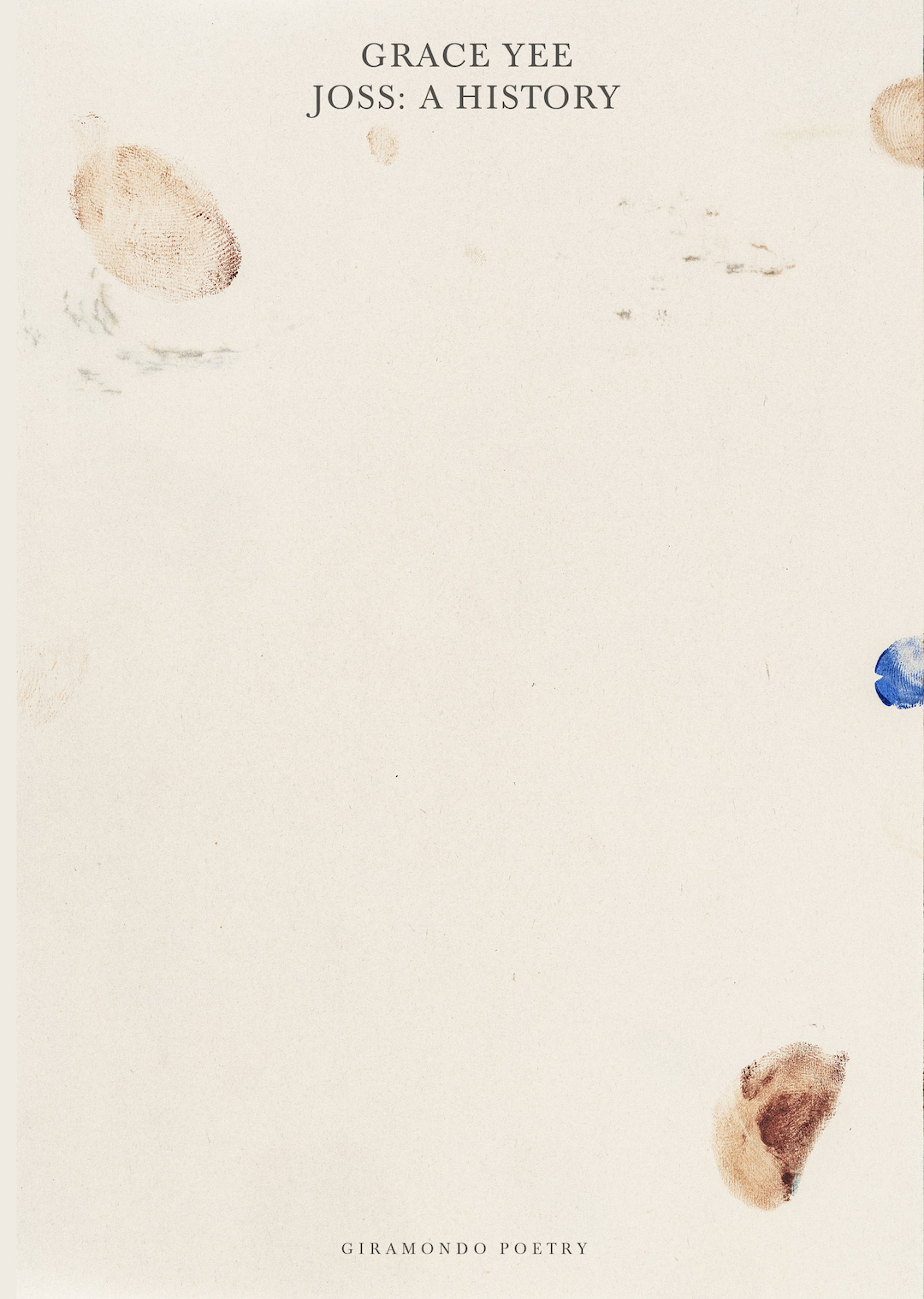
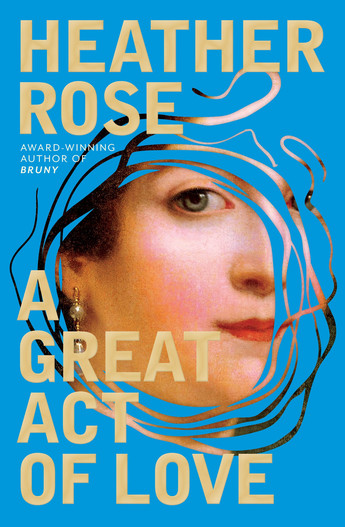
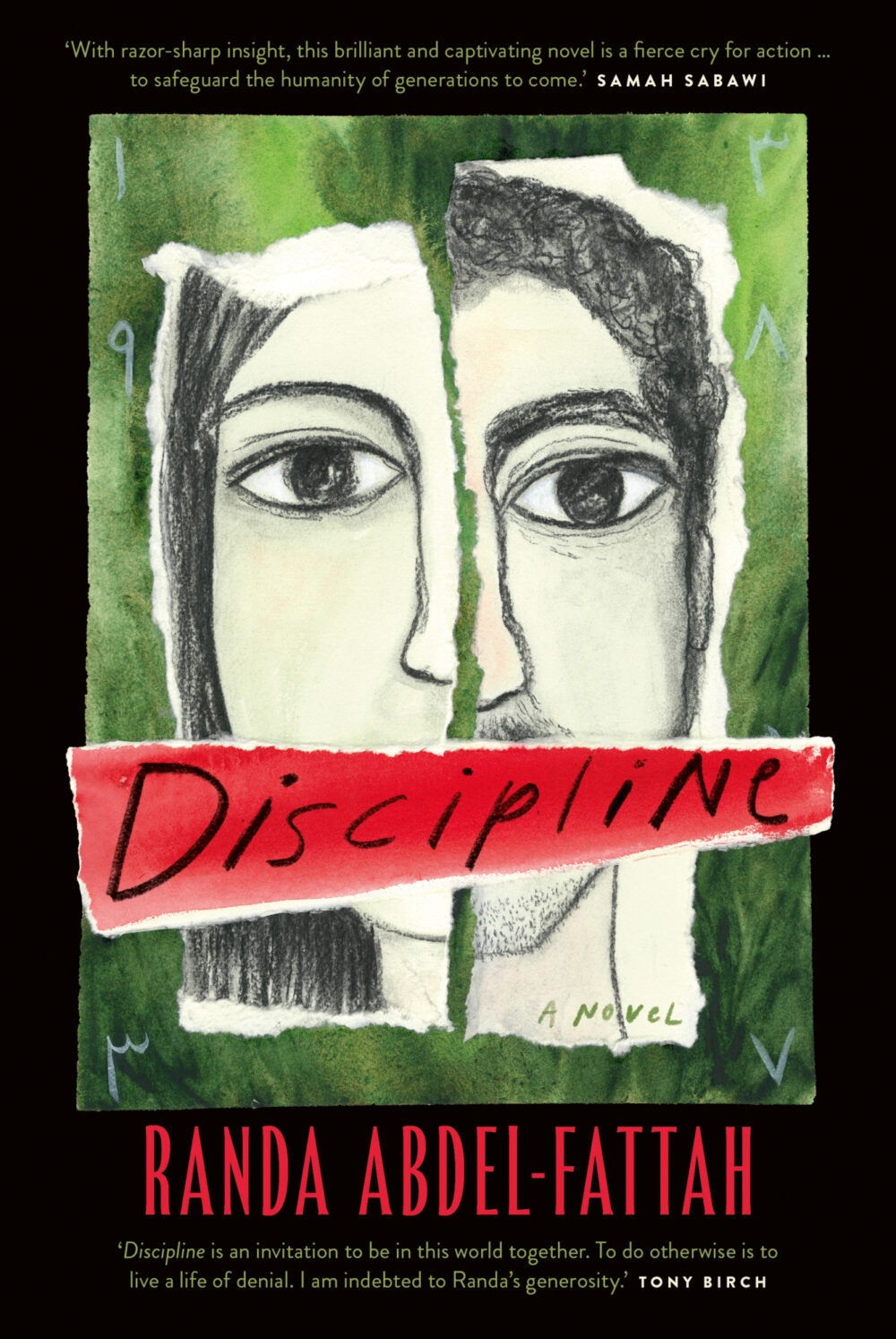
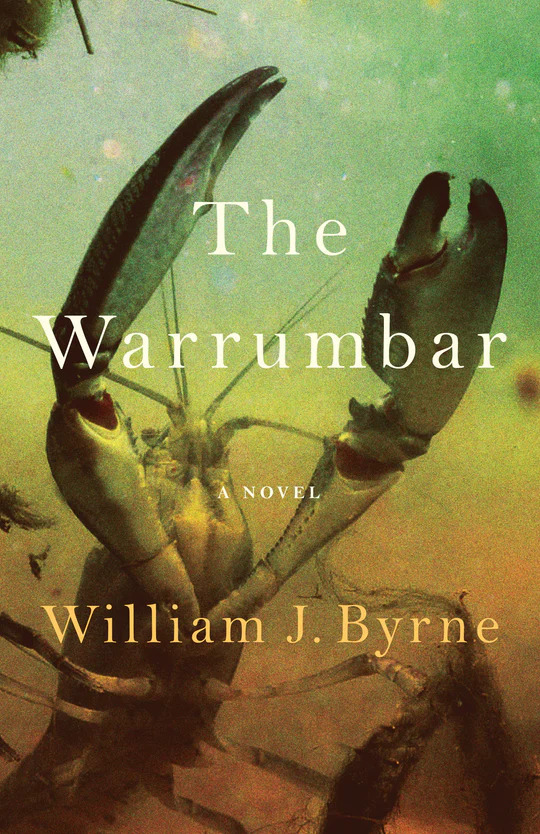
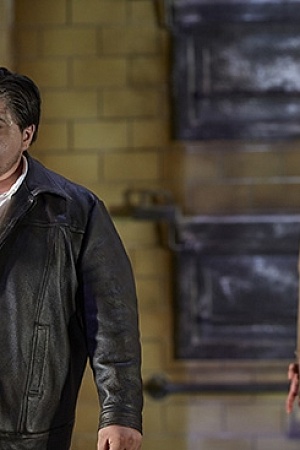
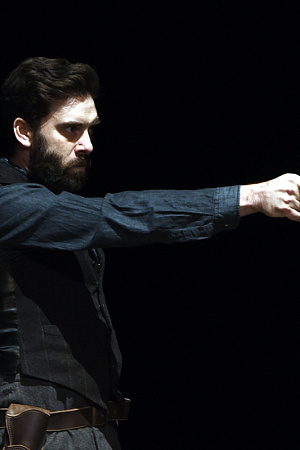
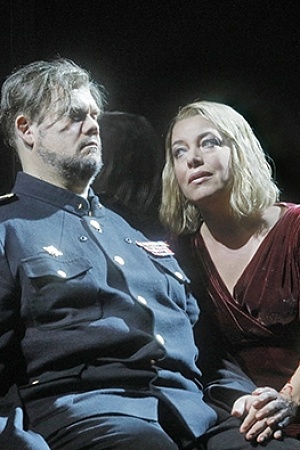
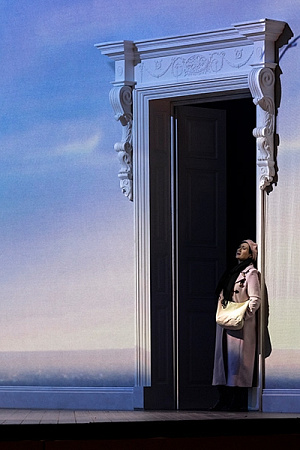
Leave a comment
If you are an ABR subscriber, you will need to sign in to post a comment.
If you have forgotten your sign in details, or if you receive an error message when trying to submit your comment, please email your comment (and the name of the article to which it relates) to ABR Comments. We will review your comment and, subject to approval, we will post it under your name.
Please note that all comments must be approved by ABR and comply with our Terms & Conditions.